Burning dilemma: Sugarcane farmers struggle in Thailand’s green vision
As Thailand pushes towards a bioeconomy green vision, it's making a concerted effort to reduce crop burning and improve air quality. But cut off from much of the profits generated from their crops, the kingdom's sugarcane farmers continue to burn just to survive
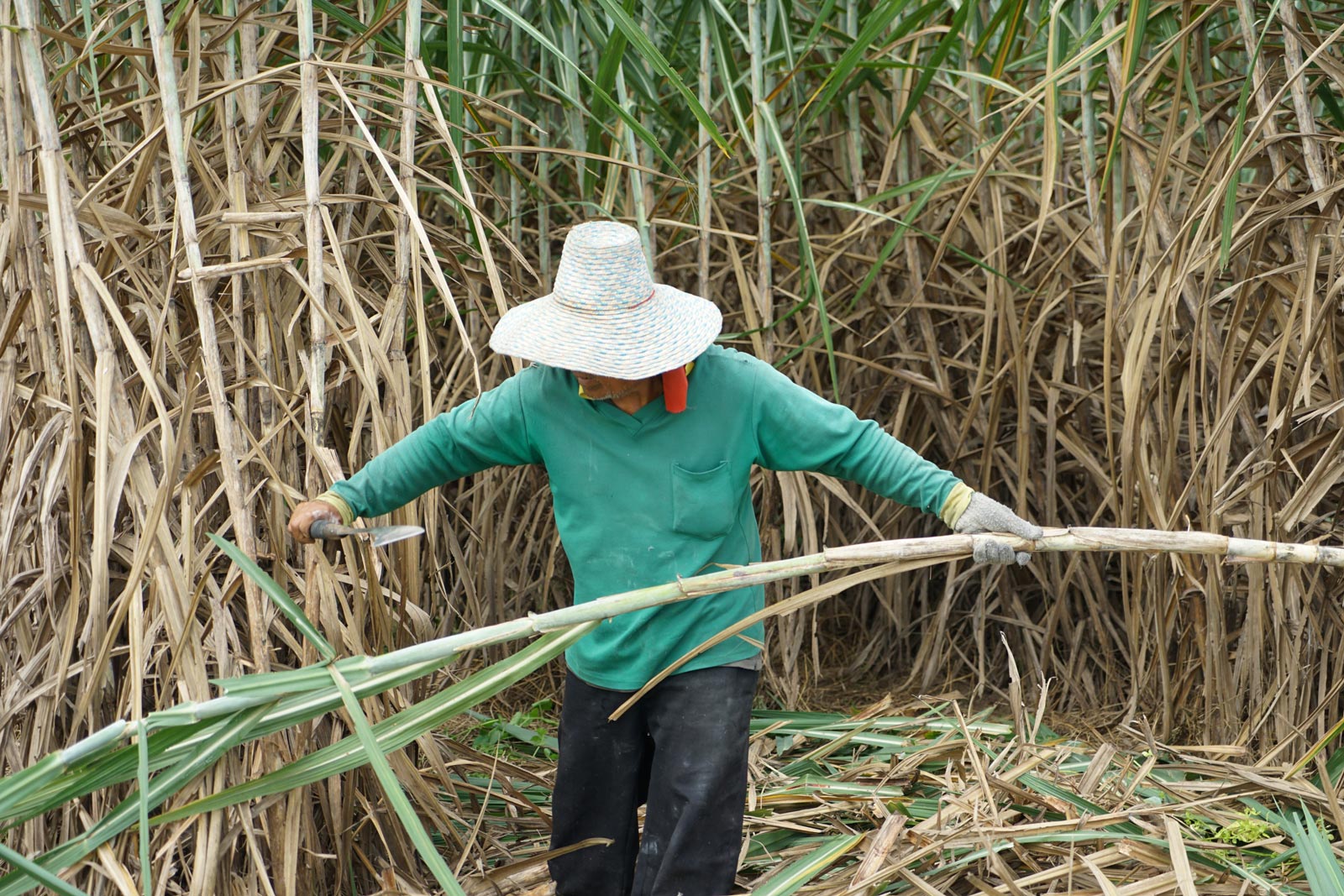
Standing beneath the foliage of sugarcane stalks stands a farmer, every inch of their body covered, wielding a cane knife and hacking away at the crop before then shaving off the leaves – repeating the movement in smooth, mechanical motions under the blazing sun.
It’s a more expensive and labour intensive method of harvesting the crop, but one that is growing out of necessity among sugarcane farmers as the Thai government strives to improve its air quality.
Sugarcane has long been a key commodity for sugar production in Thailand. But in recent years, it has been increasingly promoted as a potential cornerstone for Thailand’s growing bioeconomy, as the kingdom attempts to substantially grow the business of turning biological material into value-added products.
Historically, a less laborious sugarcane harvesting practice of open burning was more common. A sugarcane field is burnt to wilt away the tops and leaves, leaving only the charred sugarcane stalk for ease of cutting and transportation to factories. But as the sugar production starts churning and the fields are burned from December to February each year, the air quality worsens significantly as northern Thailand enters its annual ‘burning season’.
Garn, a sugarcane harvester in northeast Thailand’s Udonthani province, near the Laos border, is just one of many farmers that still uses this burning method during harvesting season.
“No one wants to burn sugarcane,” Garn said. “But it’s the only option we have sometimes.”
In response to air quality routinely dipping below healthy standards, in June 2019 the Thai government issued regulations in an attempt to reduce sugarcane burning within a three-year timeline. This would be done by setting a limit on the amount of burned sugarcane that millers can accept, as well as offering a higher price for fresh sugarcane, and in some provinces, penalising farmers for burning.
But despite government efforts, the long-held practice of burning sugarcane persists as Thai farmers struggle with high production costs and fluctuating year-to-year income amidst declining global sugar prices. Ultimately, fiscal pressures on Thai farmers like Garn traps Thailand in a cycle of crop burning and, in turn, poor air quality.
“The sugarcane farmers have been trying to comply with the government regulations, but sometimes it is above the farmers’ capabilities,” said Paiboon Thithisak, president of the Northeastern Sugarcane Planters Association. “In recent years there have been regulations about the proportion of burnt sugarcane allowed – the pressure is high, sometimes beyond what farmers can handle.”
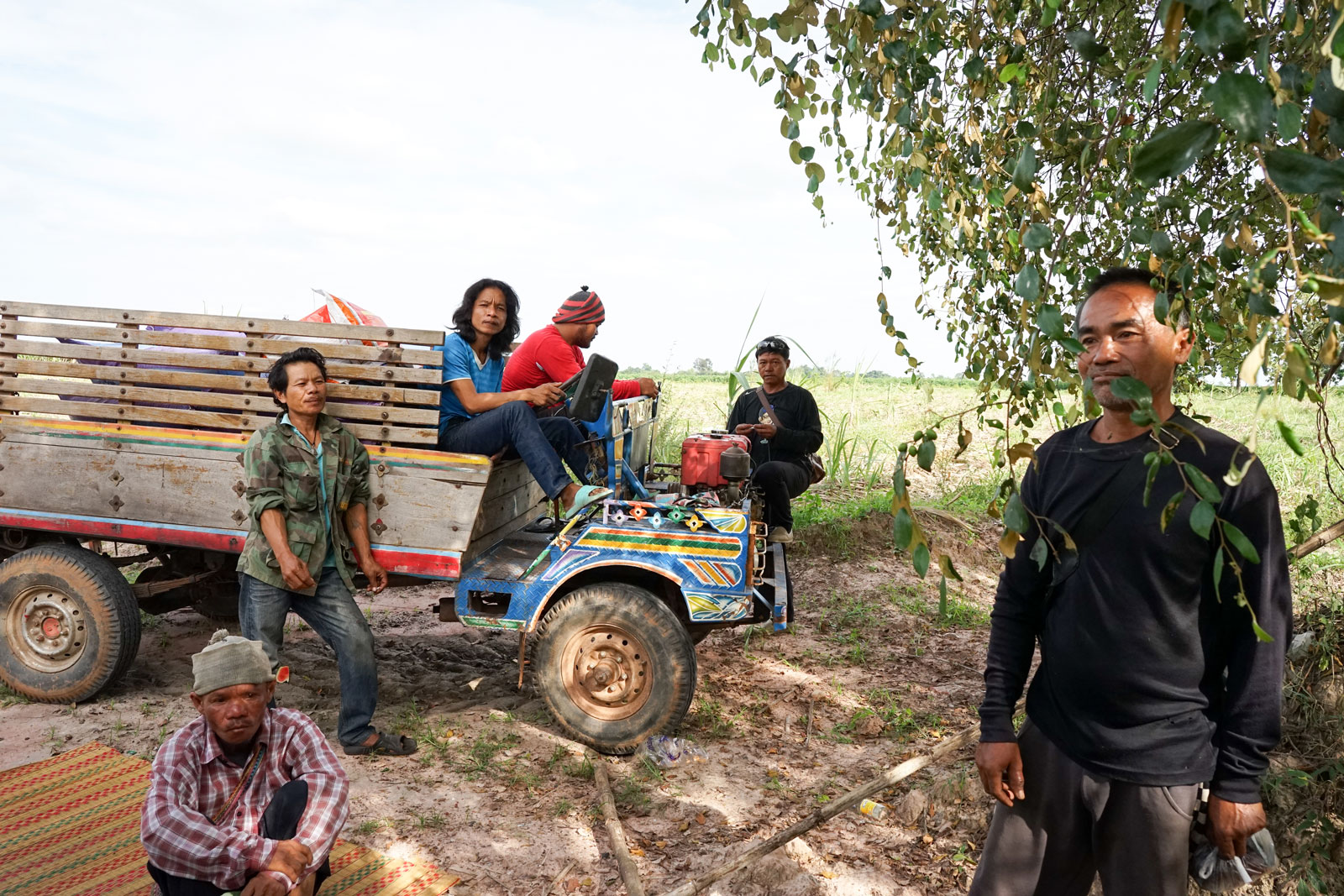
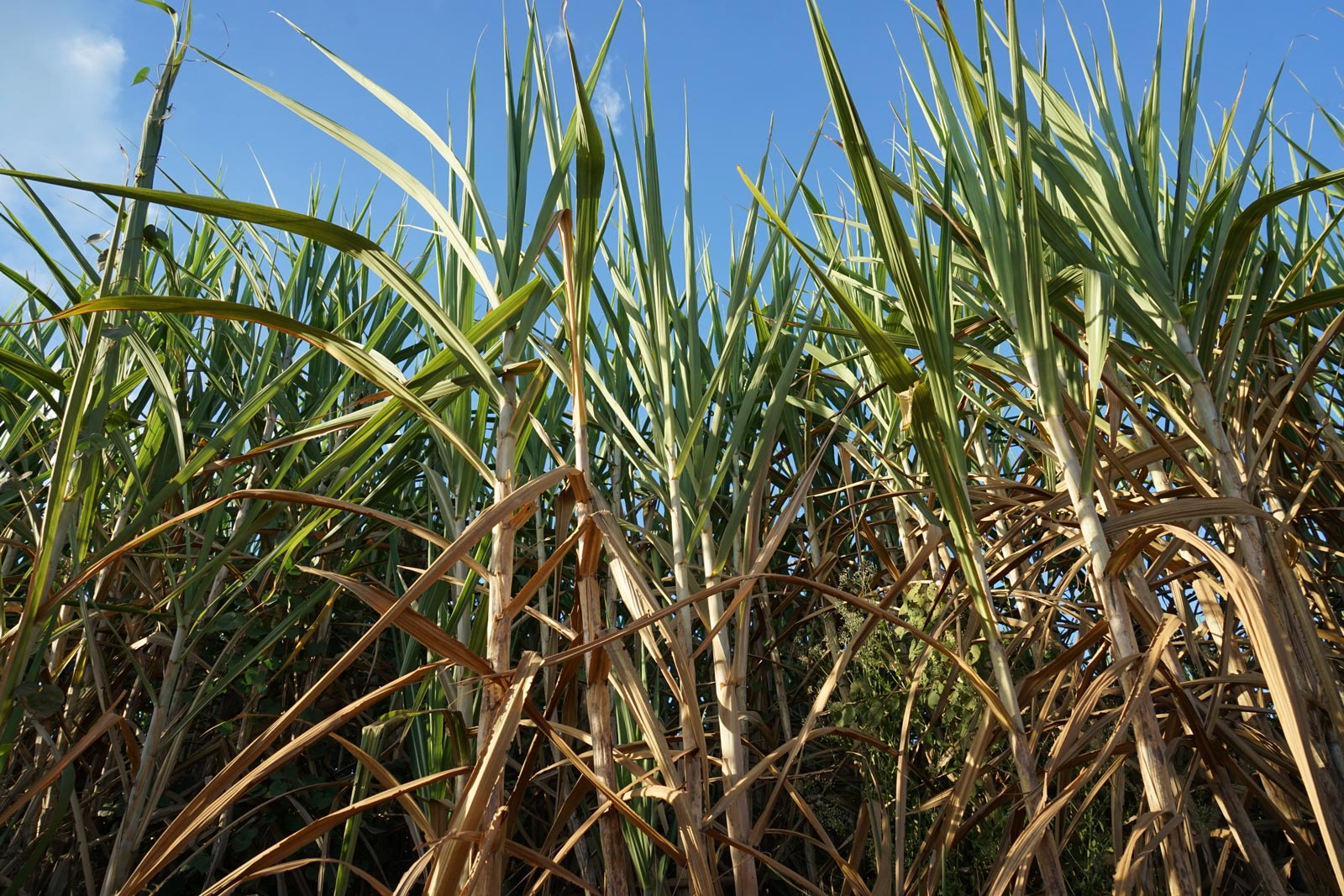
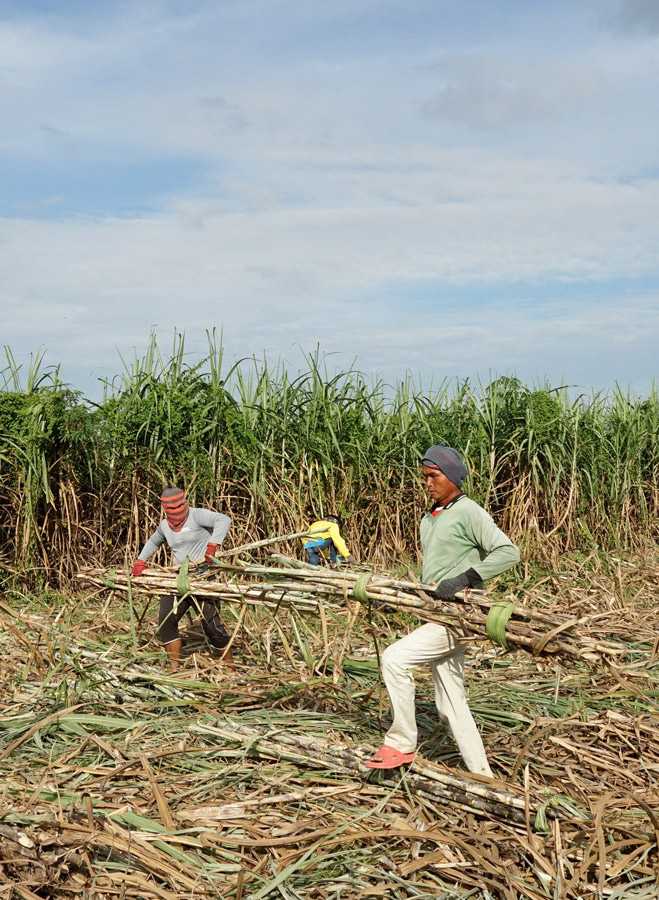
For many, the crop is one of Thailand’s most important agricultural products and receives unwavering state support. But the industry is one featuring lopsided development and investment, with small-scale farmers usually the ones who suffer at the hands of well-intentioned but flawed government regulation. What’s more, sugarcane farmers remain largely excluded from the greater revenues being found among factories and millers, as the government pushes forward with a bioeconomy vision of electricity and ethanol production powered by sugarcane byproducts.
“Sugarcane burning can be an indicator of inequality,” said May Thazin Aung, a research fellow at a sustainable development group, the Stockholm Environment Institute. “If the system was more equitable, then people wouldn’t be sidelined by considerations such as labour costs, there would be a greater investment into machinery and mechanisation to avoid the field burning that causes environmental pollution.”
In Thailand, sugar pumps through the veins of the country.
The kingdom is the world’s fourth-largest sugar producer and second-largest exporter. As of 2018, Thailand has over 380,000 farmers and 11.5 million rai (4.5 million acres) of plantations dedicated to sugarcane.
In Udonthani, Thailand’s largest sugarcane growing province located in the northeast of the country, December to February is marked by sugarcane burning during the harvest season, leading to levels of particulate matter that far exceed the safe limit set by the World Health Organization.
“During the sugarcane harvest season, the PM2.5 concentration level is two to three times higher in sugarcane cultivation areas, especially in January and February where pre-harvest burning takes place,” explained Agapol Junpen, a researcher at King Mongkut’s University of Technology in Bangkok. According to air quality measurement data gained from stations in northeastern Thailand, PM2.5 emissions during the sugarcane harvest season have increased continuously since 2007, more than doubling in the 13 years to 2020.
Entering the second phase of the three-year plan, in November the Office of the Cane and Sugar Board (OCSB) tightened policies on burnt sugarcane in an effort to improve air quality. For the 2020-21 season, 80% of the sugar millers’ total purchases per day need to be fresh (unburnt) sugarcane, an increase of 20% from the 2019-20 season. Other price incentives to discourage burnt sugarcane include a 30 baht ($1) deduction per tonne of burnt sugarcane on the price paid by millers to farmers.
But while incentives to change their practices abound for farmers, the fact remains that harvesting fresh sugarcane costs around three times as much as burning it. Posed like an algebra question on a high-school maths test, farmers have to calculate which method, burned or fresh, maximises profits.
The answer to this equation is clear for most – continue burning sugarcane.
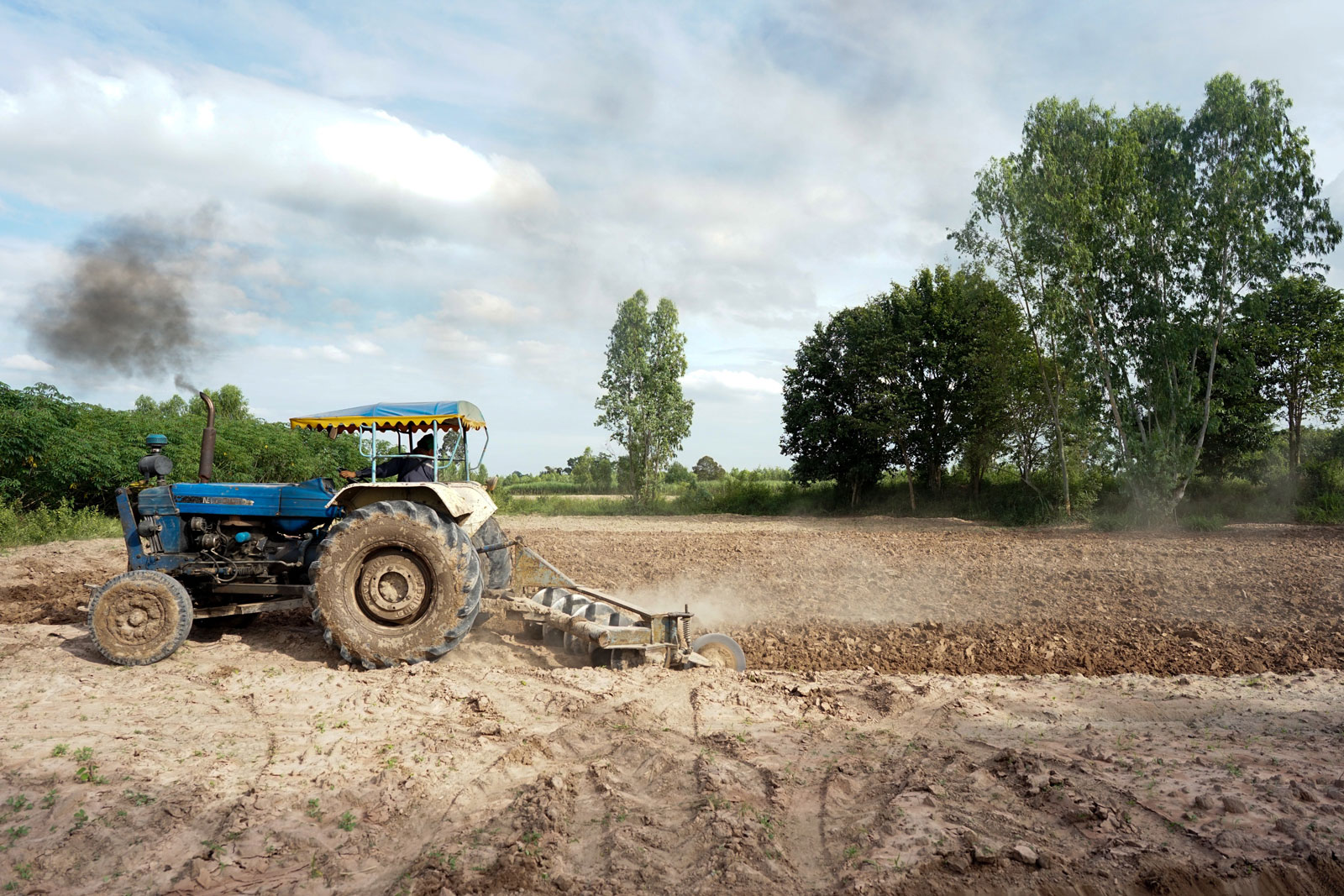
“Even though the factory offers a slightly higher price for fresh cane, in terms of management, we save on labour and harvesting costs by burning sugarcane. We can also harvest more per day by burning,” explained farmer Jiraporn Sae Ngo, as she walked among sugarcane standing almost twice her height. Her sugarcane will soon be cut and processed in the sugar factory of Kumphawapi district in Udonthani.
“Even with the price deduction, burning sugar cane is more cost-effective, we get more income,” she added.
For others, the choice to burn sugarcane is not a calculation of profit maximisation, but simply a matter of survival.
“This year we’ve been hit by a drought. If we don’t burn, we’ll go bust. The labour cost is high and we don’t have the machinery to cut the sugarcane – it’s expensive,” said Noi, a sugarcane farmer in Khonkaen.
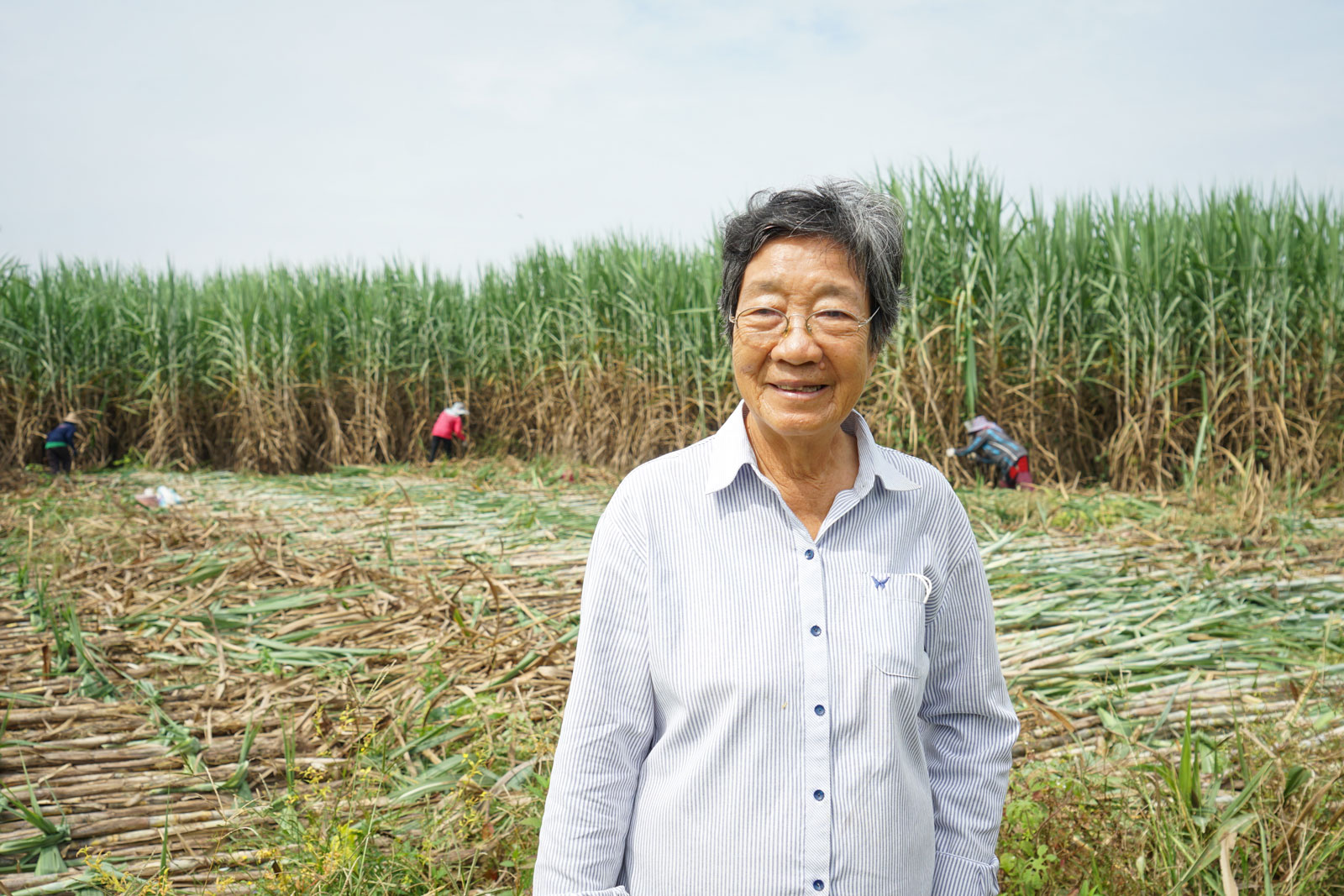
While machinery offers an attractive alternative to burning for many farmers, for those like Noi and Ganok, another sugarcane farmer in Udonthani, it remains too expensive for the amount of sugarcane they grow.
“You would have to grow more than 10,000 tonnes of sugarcane for the machinery to be on the table for discussion as a viable investment,” said Ganok. “The factories should help us by buying machinery to help. The factory drops the load on the farmers [while] the sugar price is declining and labour cost is more expensive.”
Nutthapol Asadathorn is managing director of Thai Roong Ruang Sugar Group, which bills itself as the oldest private sugar producer in Thailand. He explained that while investing in machinery is much more feasible for factories than for small-scale farmers, it still comes at a high price.
“Thailand is not like Brazil,” said Nutthapol. In Brazil, the world’s largest sugarcane producer, crops can spread over whole provinces. In Thailand, sugarcane plantations are often relatively small private-owned fields next to each other.
“A truck costs around 10 million baht if we import it, or 7 to 8 million baht if we buy one domestically. The utilisation rate needs to be high, but we only use it three to four months per year during harvest season,” he added.
This combination of factors – the decline in global sugar prices, a lack of machinery and higher harvesting costs for fresh sugarcane – reduces the effectiveness of any government air quality regulations. The financial burden on farmers means many have no option but to burn sugarcane to stay afloat, making poor air quality a persistent issue.
“The main barrier that the air pollution policy faces is the burden on the farmers to carry the increased costs of not burning sugarcane,” said Agapol. “If there is no financial assistance or machinery available for sugarcane farmers, the same pattern will repeat where the percentage of burned sugarcane increases gradually each year.”
This year the government is pushing for 100% fresh sugarcane and the sugarcane farmers have to adapt. Each year the flexibility of the government’s policies decreases
In the 2018-19 production year, burned sugarcane made up 61% (80 million tonnes) and fresh sugarcane made up 39% (51 million tonnes) of the total sugarcane purchased by sugar factories. Setting a 20% maximum for burned sugarcane is therefore a steep decline that necessitates a shift in harvesting methods, meaning farmers must adapt or see their business go under.
The benefits of not burning sugarcane are evident to all – the higher sugar content value, better soil fertility, and air quality for surrounding communities. But for sugarcane farmers, the price gained from sugarcane is the paramount concern, explained Chartchai Chotisan, a sugarcane scientist and leader at the OCSB Cane and Sugar Promotion Center in Udonthani. Regardless of farmers concerns, however, room for negotiation on the issue is shrinking with each year that passes.
“This year the government is pushing for 100% fresh sugarcane and the sugarcane farmers have to adapt. Each year the flexibility of the government’s policies decreases,” said Chartchai.
In practice, as pressure increases, some farmers have stopped growing sugarcane altogether – meaning the smaller farmers have left and the large-scale farmers remain.
“It’s similar to the process of natural selection,” Chartchai explained.
But amidst this ruthless game of natural selection going on among Thailand’s sugarcane farmers, some sugarcane millers and sugar companies are adapting, and even thriving, as they expand their product range by making use of sugarcane byproducts.
A mere 30-minute drive from Jiraporn’s plantation is a power plant generating electricity from the pulpy fibrous bagasse residue left over by sugar mills.
Nutthapol pointed to these alternative uses for sugarcane, such as electricity and ethanol production, as a way that sugarcane millers have pivoted to maximise output from sugarcane amid growing financial pressures in recent years.
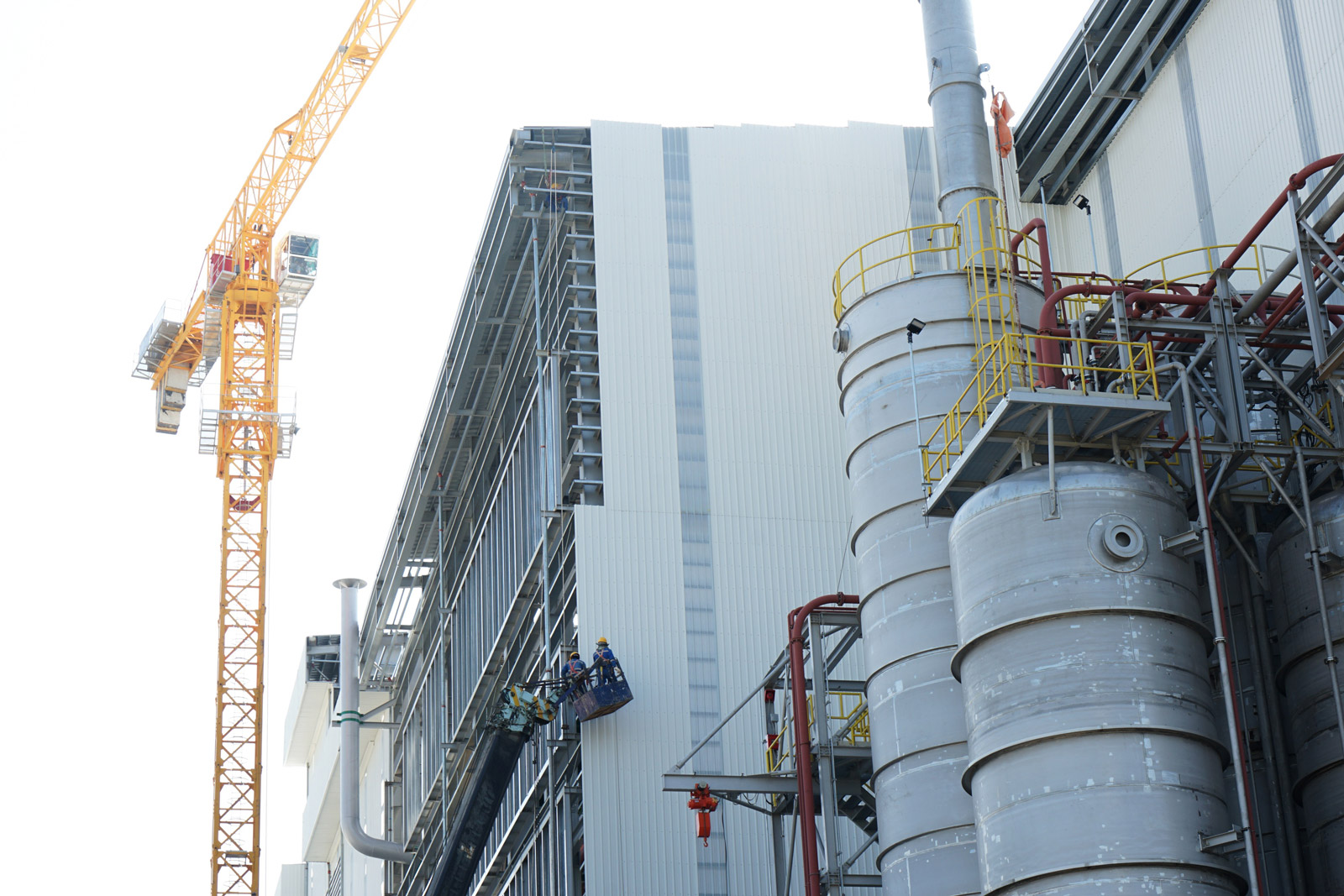
Building out a bioeconomy is one of the Thai government’s top priority sectors. For Thailand, that means a specific focus on adding value and making derivative products out of commodities like sugarcane and cassava, which the kingdom is already producing in large quantities. Part of the aim of this bioeconomy vision, besides greater environmental sustainability, is to stabilise commodity prices for agricultural crops, while also gaining some level of energy independence.
Thailand’s Alternative Energy Development Plan (2015-2036) predicts that an additional $9.6 billion per year in economic value, as well as sugarcane-related jobs for 300,000 households, can be generated from sugarcane within ten years.
But while the potential financial returns of a sugarcane bioeconomy are enormous, they won’t necessarily reach those most in need of the revenue, and those most central to improving Thailand’s air quality – the sugarcane farmers themselves.
Currently, the 70:30 revenue sharing sugar scheme, established under the 1984 Cane and Sugar Act, distributes 70% of total sugar revenue made each year to farmers and the remaining 30% to millers. However, the revenue from other byproducts not related to sugar, such as ethanol and electricity, are not shared with sugarcane farmers. This leaves them with shrinking revenues from their core business, sugarcane sales, but cuts farmers off from the growing profits garnered from their crops associated with the bioeconomy.
“Farmers don’t get the share from electricity production. We are trying to call for benefits, similar to the 70:30 scheme for farmers,” said Paiboon.
To fix this, officials would need to heed the calls of organisations like Paiboon’s Northeastern Sugarcane Planters Association and revise the Cane and Sugar Act to include non-sugar sugarcane byproducts. If implemented, farmers would enjoy a consistent income stream, rendering them more financially stable and able to invest in infrastructure and labour costs that could see practices such as crop burning become less prevalent.
“If farmers are able to get the benefit from the sugarcane bioeconomy, it will increase the [environmental and financial] sustainability of growing sugarcane by also receiving benefits from electricity or bioplastic production,” said Chartchai. “The sugarcane price has been dropping, so farmers want to have a share of the byproducts of sugar production that can help to increase their income.”
But currently, as the Thai government promotes a vision of environmental sustainability through efforts to grow the bioeconomy and end sugarcane burning, the focus remains industrial-driven and leaves sugarcane farmers to carry much of the burden to follow along.
From the perspective of the Stockholm Environment Institute’s May Thazin Aung, though the bioeconomy can drive economic development, “you cannot have sustainability without an equal society”.
“Why does it have to be on the burden of the farmer to buy this machinery, if they are contracted by the millers?” said May. “The problem is that the people at the very bottom are forced to be responsible for things that they have no control over.”
This story was produced as part of the Stockholm Environment Institute (Asia) media grant for environmental reporting. It does not necessarily reflect the views of SEI or its funders.

